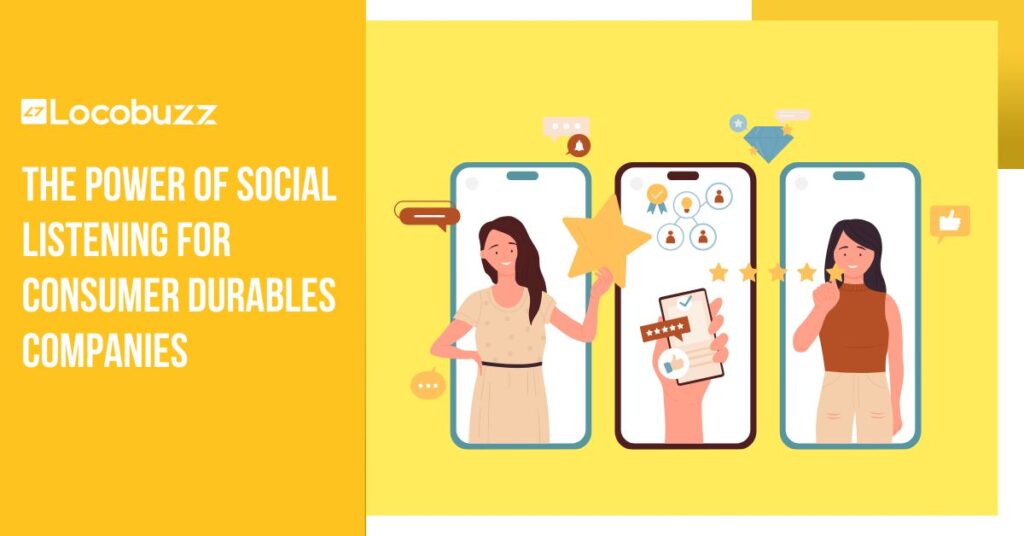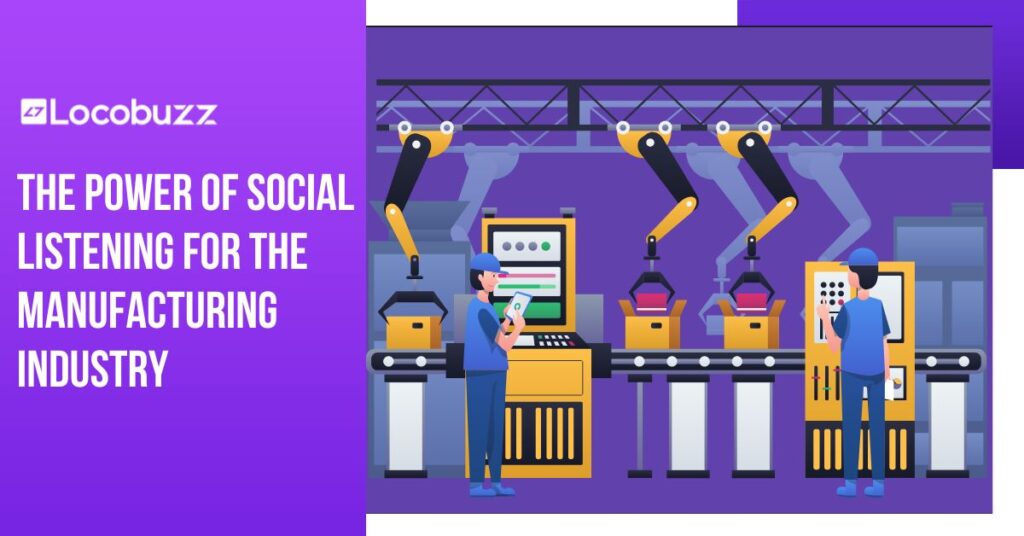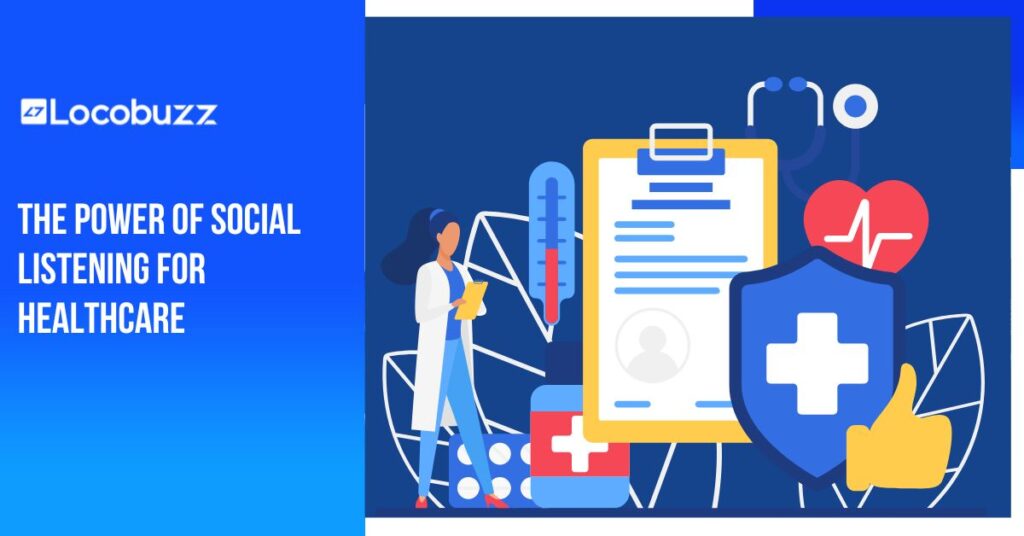The Power of Social Listening for Real Estate
In the society of real estate, where trends shift and neighborhoods buzz with online chatter, staying informed is crucial. This is where social listening steps in, a tool that empowers agents and agencies to tap into the real-time conversations shaping the market. By strategically following these online discussions, real estate professionals can glean invaluable insights to refine their approach. From gauging buyer preferences and neighborhood sentiment to identifying emerging trends and competitor strategies, social listening offers a wealth of knowledge. This allows them to target their marketing with laser focus, build stronger brand reputations, and ultimately connect with the right clients at the right time. Social listening in real estate extends your reach beyond your immediate listings and network. You can track conversations about specific property types, desired amenities in certain neighborhoods, or even the public perception of local developers. This allows you to identify upcoming areas, tailor your marketing to fit evolving buyer needs, and stay ahead of the curve in a dynamic market. Challenges faced in real estate The world of real estate can be tricky. But what if you could listen in on people’s thoughts and wishes? That’s the power of social listening for real estate agents and developers! Let’s see how it helps them win in today’s market. The hurdles that real estate faces in today’s dynamic market can be: Challenge 1: Understanding what people want Imagine people talking online about what they want in a home, like having a bigger balcony or a space that’s good for pets. There are tools that can listen to these conversations on social media. These tools help real estate developers understand what people want in their homes. So, developers know what features to pay attention to when they’re building new houses or apartments. Challenge 2: Keeping up with a competitive market Social media is where many real estate agents showcase properties to attract buyers. With social listening tools, these agents can keep an eye on what their competitors are doing and what’s working well for them. For instance, if they notice that everyone loves a competitor’s virtual tours, they can use that insight to improve their own virtual tours and stand out even more. It’s all about learning from what’s successful and making your own strategies better to attract more buyers. Challenge 3: Building trust with potential buyers 0Sometimes, people express their worries online about a neighborhood being too noisy or not having enough amenities. With social listening, agents can pay attention to these concerns and address them directly. For example, they can highlight the quiet streets or mention upcoming community parks to reassure potential buyers. By addressing these anxieties head-on, agents can build trust with buyers and showcase the positive aspects of the neighborhood, ultimately making it more appealing to potential buyers. So, social listening acts like a superpower for real estate professionals, letting them listen in on the conversations that matter and adjust their approach for success! 5 Benefits of social listening in real estate Social listening can be a game-changer for real estate professionals in today’s digital world. By actively monitoring online conversations, you can glean valuable insights that boost your marketing efforts, refine your approach to clients, and stay ahead of the curve. Here’s how social listening benefits real estate: 1. Understanding Your Audience: Social media is a treasure trove of information about what people want in a home. By tracking conversations about neighborhoods, amenities, and even architectural styles, you can discover what features resonate most with your target audience. Imagine you’re noticing a surge in mentions of “backyard gardening” and “home gyms” in your area. This could indicate a growing demand for properties with larger outdoor spaces. You can then tailor your listings and marketing materials to highlight these features, attracting the right buyers. 2. Identifying Potential Clients: Social listening goes beyond understanding preferences. You can also identify people actively looking to buy or sell a property. Look for keywords to find potential clients who might not be actively searching for a realtor yet. By reaching out and offering your expertise at the right moment, you can build relationships and convert leads. 3. Competitive Analysis: Social media is a great way to see what your competitors are up to. Track their online presence to understand their marketing strategies, the types of properties they specialize in, and the neighborhoods they focus on. This allows you to identify areas for differentiation and position yourself more effectively in the market. 4. Reputation Management: Social listening allows you to stay on top of what people are saying about you and your agency online. Address any negative feedback promptly and professionally to minimize damage to your reputation. You can also leverage positive reviews and testimonials to build trust with potential clients. 5. Pulse on the Market: Social media chatter can reveal underlying trends in the real estate market. Are people concerned about rising interest rates? Are there discussions about a potential housing bubble? By staying informed about these conversations, you can adjust your strategies and advise your clients accordingly. Overall, social listening empowers real estate professionals to make data-driven decisions, target the right audience, and build stronger client relationships. It’s like having your ear to the ground, constantly gathering valuable insights from the ever-flowing stream of online conversations. How to implement social listening in real estate? Social listening can be a game-changer for real estate agents and brokers. By actively monitoring online conversations, you can glean valuable insights to inform your strategy and connect with potential clients. Here’s how to implement social listening in real estate: 1. Define Your Goals and Target Audience: What do you want to achieve? Generate leads, understand market trends, or track brand sentiment? Who are you trying to reach? First-time homebuyers, luxury property investors, or renters in a specific neighborhood? 2. Choose the Right Tools: Several social listening tools can help you track conversations. Free options include Google Alerts and the social media platform’s native analytics. Paid options can be used too, which
 Skip to content
Skip to content









